Dear readers, With the launch of e-newsletter CUHK in Focus, CUHKUPDates has retired and this site will no longer be updated. To stay abreast of the University’s latest news, please go to https://focus.cuhk.edu.hk. Thank you.
The Angel in the Marble
Engineering revisited
Once a mere trope in science fiction, AI is becoming a reality, taking root in our everyday life alongside much hype and unease. To cut through the noise and foreground what is truly at stake in the age of machines, CUHK Newsletter has spoken to over a dozen AI experts across all fields at CUHK, including natural and social sciences, business, law, humanities and education. In this inaugural instalment of the series, three of our engineering researchers discuss what it means to engineer in this new age and embark us on a journey through the exciting world of AI.
Michelangelo’s David, now the most treasured of the world’s sculptural masterpieces, was originally a trashed rock. A sculptor accidentally drove a crack through the stone, rendering it unsalvageable in many’s eyes. The hopeless object eventually landed in the hands of Michelangelo; toiling at it night and day, he executed a beautiful David on the cusp of fighting Goliath and meeting his destiny. Questioned by those curious about the making of the giant slayer, Michelangelo answered, ‘Every block of stone has a statue inside it and it is the task of the sculptor to discover it. I saw the angel in the marble and carved until I set him free.’
Michelangelo’s reply sends one into deep thought. On a par with sculpture in terms of viscerality, engineering is another discipline that concerns tangible creation, if more functional in character. Having its roots in the Latin words ingenium and ingeniare—obvious predecessors of ingenuity—engineering denotes ‘cleverness’ with the former, and ‘to contrive, devise’ with the latter. In Hong Kong, engineering does not come across as a popular choice of programme among prospective university students. Engineers are thought to be practical, rustic, and inarticulate, preferring to hide away in labs hunching over inventions only they can comprehend. The 21st century is nonetheless an age of innovation, and engineering key to solving the modern world’s problems and building a brighter future. The belated award of the Nobel physics prize to Prof. Charles Kao in 2009 for his invention of optical fibre some 40 years ago shows that applied science, for its proverbial unsophistication, may contribute to technological breakthrough. Facebook and Apple’s chic and powerful tech products bring delight to our lives, rewriting our modus vivendi and interactions with fellow beings. Bringing about multifold increases in productivity, automation has finally taken the shape of robots that find their way into homes and offices, as the pandemic—and post-COVID life—set in.
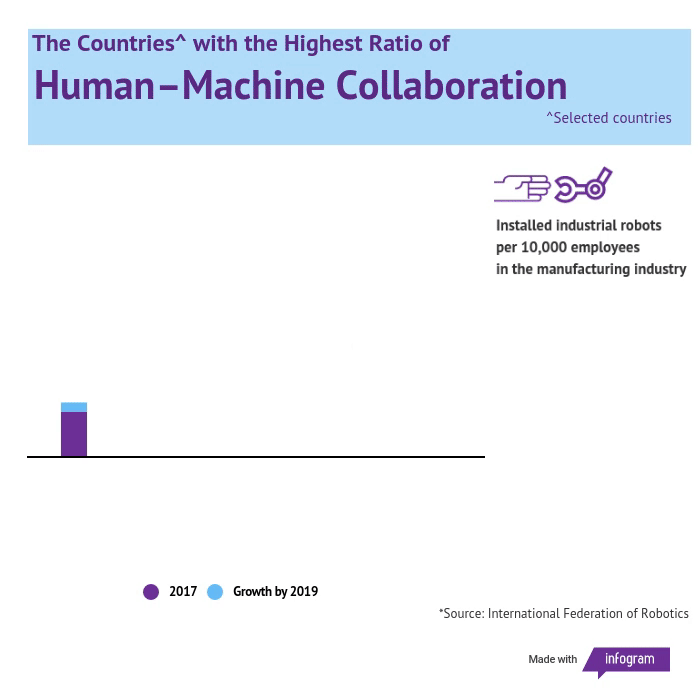
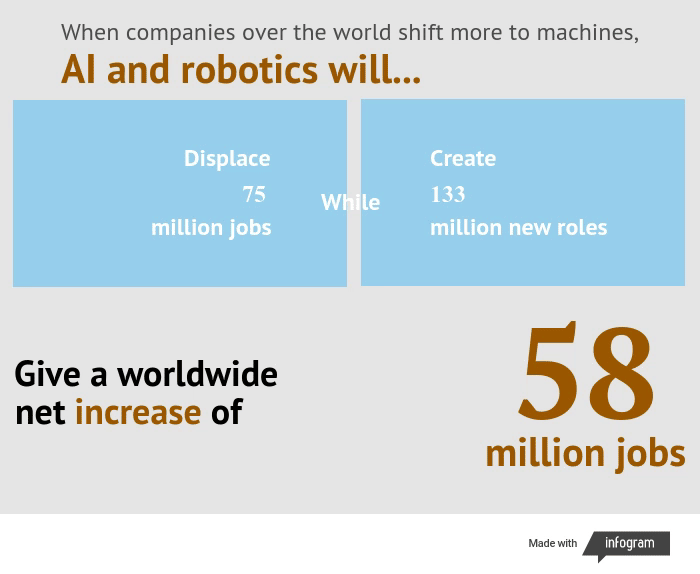
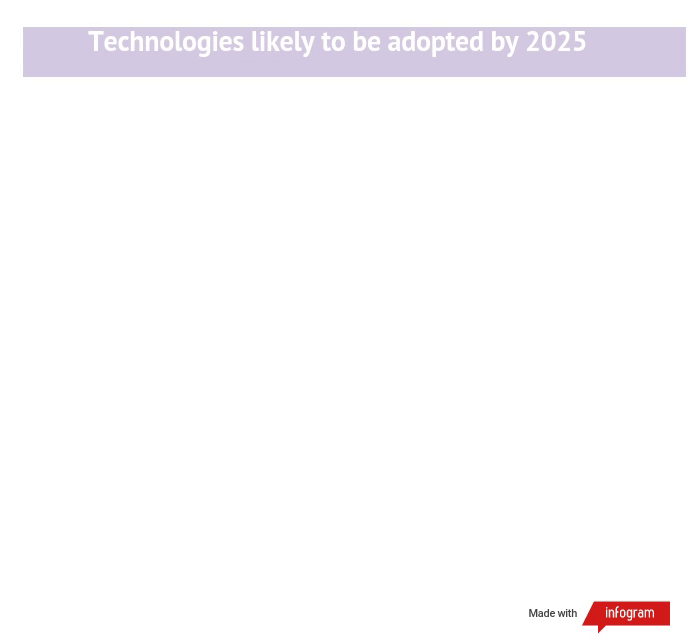
Notwithstanding being a member of the hyped STEM education, engineering is not an elective in high school. What is it about? What traits must an aspirant engineer possess? After four years of study, what kind of stage would an engineer be given, and how should they fashion themselves? In what follows, we take a look at two prominent fields in the discipline—artificial intelligence or AI and robotics, and invite three experts Helen Meng, Patrick Huen Wing Ming Professor of Systems Engineering and Engineering Management, Yam Yeung and Darwin Lau, professors of mechanical and automation engineering to enlighten us on matters related to engineering, AI and robots.
Engineering is Problem-solving
Engineering applies mathematics and science to invent, design, build and improve tangible structures like machines and materials, as well as intangible ones like signals and computer programmes. ‘Engineering is problem-solving. Mechanical engineering solves problems with machines, electrical engineering with electronics and signals, etc. If one is well versed in theory but proves inadequate in resolving real-life issues, then one is not a good engineer,’ said Darwin Lau. A joke circulates in the field: scientists problematize; engineers come to the rescue. Scientists, engineers and practitioners form a close-knit triangle. Take the medical field: biomedical scientists understand the human body, cells and diseases, engineers make apparatuses, doctors and therapists put them to use.
‘When machines and materials run too slowly, or are dangerous and complex, we think of ways to improve them and resolve the issues. Things amenable to touch and sight, as simple as the ergonomics of glasses, belong in mechanical and automation engineering. Electrons, signals and algorithms that run unseen would be the province of electrical and computer engineering.’
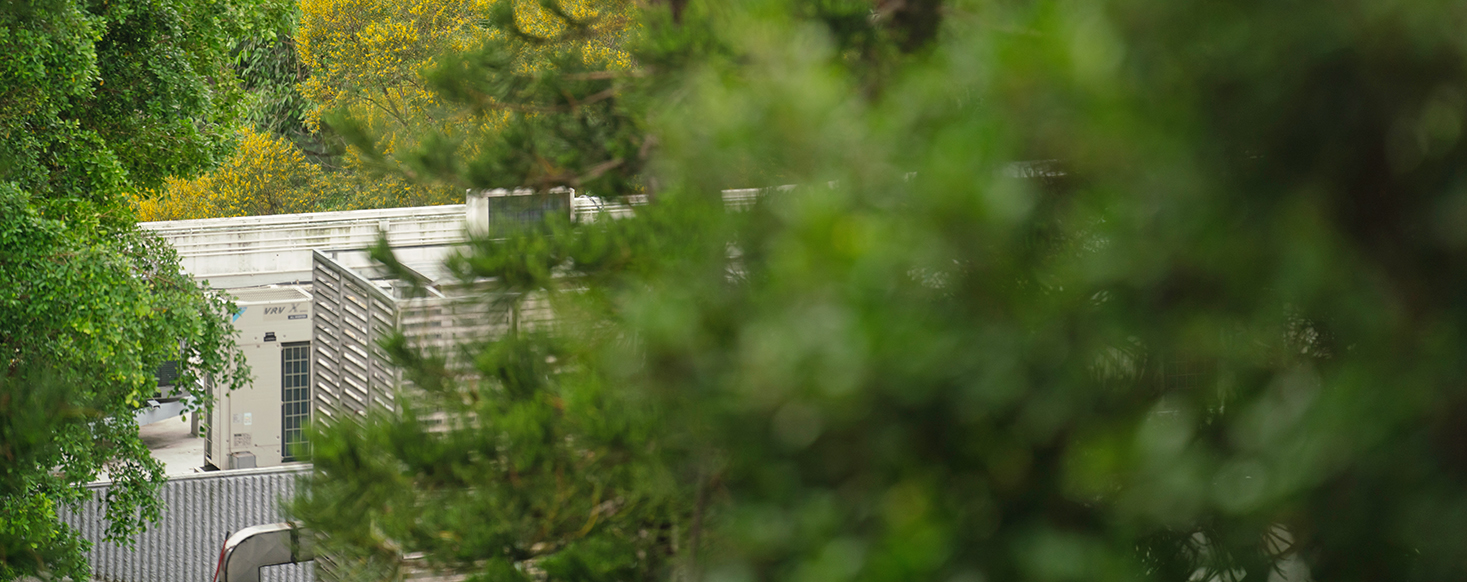
What sorts of people are cut out for engineering?
‘Those who love to solve problems, who thrive on challenges and changes. Ours is a dynamic environment that sees new projects coming in from time to time, and we hate to repeat ourselves. All our ideas and inventions will be tested and improved in real-life settings.’ Moving to Australia at three, Lau did his bachelor’s and PhD at the University of Melbourne. After a stint as a post-doc in Paris, he returned to his place of birth. His plain manner of speaking, frankness and sincerity, insistence on making use of real objects—say, a robotic arm in teaching—and making students learn from doing make him a popular young teacher at CUHK. A perky, buoyant soul, he has been dismissive of the idea of nine-to-six office work since a very young age. In those personality tests for university course selection, among the 20 recommended subjects, more than 10 were engineering programmes. On the open day of the University of Melbourne, he spot a robotic arm and the rest is history. Many students do double degrees in Australia; Lau picked computer science, and mechatronics, robotics and automation engineering. Year 1 students at CUHK found Lau approachable and his teaching clear and concise, which belies his sharp eye for what makes a good engineer. We asked further: is a love for mathematics and science essential for engineering? The kind teacher spoke plainly:
‘Mathematics and science are the basics, but we are applying not studying them. Students don’t need to be fond of those subjects.’
When Man and Machine Join Hands
Knowledge is true to its name only when it can be brought forth and stand tests in real life. The Department of Mechanical and Automation Engineering, which Lau belongs to, cannot lay more stress on hands-on experience. Students participate in robot contests or the Department’s joint projects with the government and industry. Some of them identify topics of their own interests and solicit teachers to supervise. Engineering demands its protégés to give it all; after four years, will their innovative will and skills find a larger stage?

Prof. Darwin Lau
‘Definitely. Our graduates secured good jobs, beyond traditionally perceived careers in the city’s two power companies and the MTR,’ Lau assured us. ‘It’s plain reasoning. Machines are standing in for man to undertake abhorrent and dangerous tasks. There’s a huge mismatch between demand for and willingness to do such work. Housing needs are ubiquitous, but how many of us would like to be a construction worker? Drainage clearing, façade work and paint spraying that precipitates in pneumoconiosis—a disease caused by the inhaling of dust particles and their settling in the lung—are as necessary as they are repugnant. The same goes for farming: everyone has to eat, but how many aspire to be a farmer? Such gaps go to show how big the market automated machinery has got.’
Indeed, the Water Supplies Department, Drainage Services Department and Agriculture, Fisheries and Conservation Department (AFCD), alongside a handful of construction and AI companies have been the Department’s longstanding partners, from time to time inviting its teachers and students to build bots. Some Year 4 students had been designing bots for smart farming at AFCD’s hydroponic centre, all the way working closely with its staff and vendors to understand their needs and constraints. In sewage treatment plants, cleaners used to step on the lamella plates at the bottom of sedimentation tanks to wipe them clean. Now the dangerous and dirty work is taken up by the Department’s bots. The reforming of construction industry, conservative in its practice and unnecessarily so, is what keeps Lau going. The curved walls in CUHK’s newly revamped Yard for Environmental Sustainability were erected by bots connected by him and his students. The human-free construction is a small step towards his grand vision of automating the industry.
Robots laying bricks at Hong Kong Science Museum exhibit. ‘Thanks to automation, bricks can be placed at different angles, thus diversifying possibilities in design,’ said Prof. Darwin Lau
Making Sense of AI
If robots are the body, AI would be the brain or soul. AI is the hype of these days, but what is it exactly? How does it differ from automated machines?
‘AI is a technology that assimilates and simulates human intelligence, doing work that only humans can do. Human faculties include learning, reasoning, problem-solving, perception and linguistic communication. Most importantly, it can improve itself,’ said Helen Meng, AI expert working on speech and language processing. The idea of AI was born in the 1950s; thanks to enhanced hardware and greatly increased computing power, the conception was taking flight. Plainly speaking, AI builds up its knowledge through classification, lending itself to face, object or voice recognition. That the chess-playing programme AlphaGo has pulled off the feat of beating human world champions has to do with the hundreds of millions of trainings it received, whereby it identified paths standing the best chance of winning.
From this, it is not hard to appreciate the fact that accurate identification is hitched to the availability of data, which the field aptly calls big data—huge, diverse sets of data that grow exponentially with time. By feeding cat or dog pictures into the algorithm, the system will give scores to all of them and after some time, it will be able to tell which is which. The mathematical formulae comprising AI may also form multi-layer neural networks that resemble the human brain and learn from the data, just like humans do. The former is machine learning, the ontology and epistemology of AI, whereas the latter is called deep learning, which is a form of machine learning.
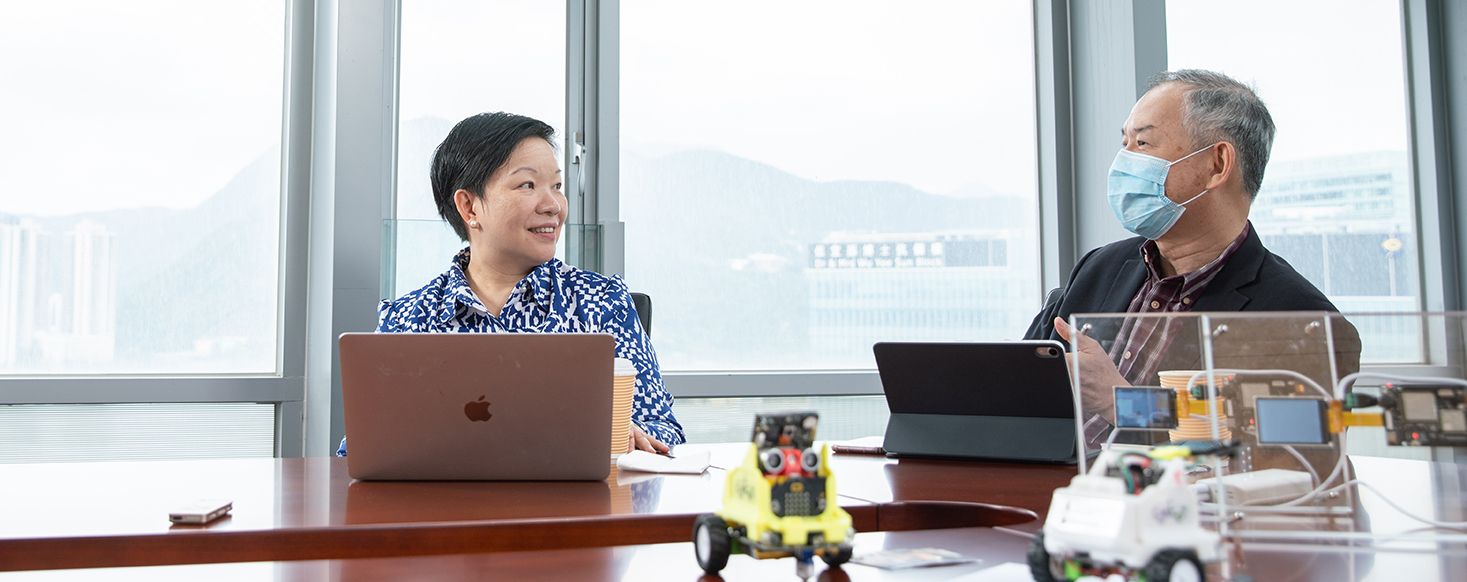
Prof. Helen Meng and Prof. Yam Yeung
AI is generally thought to belong to science and high tech. As a matter of fact, to build and research AI, knowledge in science and engineering is a must, but for it to emulate human intelligence and cover everything under the sun, wisdom must be tapped from a wide variety of subjects. The aptest description of AI would be ‘Renaissance man’, that is, if it were a man. Take speech, the technology’s most complex field. A short chunk of speech crystallizes intention, feelings, attitudes and character, giving clues to the speaker’s age, education, identity, language ability, health and her surroundings. Accordingly, the speech recognition and generation system invented by Meng comprehends concepts and feelings, knows how to reason, has a good grasp of grammar and rhetoric, accent and pronunciation, as well as the conversational context and occasion. All of this has to do with linguistics, psychology and cognitive science, etc.
Wisdom is Key to Everything
For its seeming omnipotence, AI has commanded awe as it has courted controversies and fears. Technology is fated to be dirempted: the advent of the powerful agent makes humans obsolete, curtails jobs, violates privacy, fuels fake news and obfuscates moral responsibility (who, the human operator or the machine, should be responsible if things go wrong?). Helen Meng and automation expert Yam Yeung now promote AI general education in junior high schools, and they regard moral and ethical awareness as the key to peace between man and machine. ‘When the Internet came on the scene, we paid little attention to ethics, and this led to countless deplorable phenomena. We hope people may have a sense of the promises and perils of AI technology since they are small. We should contemplate its role in the world, the ethics in particular,’ remarked Yam.
CUHK-designed AI toy car staging the classic trolley problem: hit the elderly or the kids? Players write simple block codes to instruct the toy car what to do
Lacking the spark of spontaneous reflection, AI also falls short of coming up with original theories. Yam continued, ‘Man can succinctly point out the reasons and essence of an event; not AI. It can project trends according to the Newton’s law, accurate up to 99.99%, but it cannot propose the Newton’s law itself. It is an excellent tool, though, to inspire humans with regard to ingenious inventions.’
The Humanity of Science
Technology is not about dead objects; it is powered by the human spark that inhabits them. In the marble that belongs to her, the creator pours her personality, passion and vision. Great inventions convey a deep understanding of mankind. Engineers need to be a sensitive soul, if they are to solve many of the world’s complex issues and engineer a better world.
‘There is the concept of “natural user interface” in AI: now we can use our voice instead of hands to type, just like talking with another human being. As data become more comprehensive, AI may better serve people of different ages, ethnicities and tongues,’ said Meng. Utterances of people who suffer from stroke, Parkinson’s disease and brain injuries—or, technically, dysarthric speech—can be hard to understand. Trained by samples of speech generously offered by the patients, Meng’s tool can translate them into normal speech, its accuracy outperforming mainstream engines. ‘AI can facilitate learning and social integration. In the future, everyone might have a digital twin,’ she beamed.
Calligraphy robot designed by mechanical and automation engineering graduate, CUHK Jockey Club AI for the Future Project project coordinator Derek Cheung. The voiceover generated by AI mimics Obama’s speech. AI’s ability to imitate human voice arouses wonder; it also raises people’s brows, as it popularizes fake news, misinformation and white-collar crimes
The genie in objects and materials may sometimes be spotted and set free by kind hearts and deft hands, bringing hope and comfort to those bruised or maimed in life. In a collaboration with the Orthopaedics and Prosthetics Departments of the Prince of Wales Hospital, Lau’s students learnt about the needs of patients and made for them prosthetic limbs that allowed their partaking in the ordinary pleasures of life. Following discussions and modifications to the design, a patient could now use his new hand to ladle soup and fry food; a child could play fiddle once again.
‘Engineers of tomorrow need to give hope to others with their ability and passion, to make people feel cared for. Engineering is not a bland enterprise, but one of, for and about humans and the circumstances facing them. It must carry man’s conviction and personality.
‘We understand amputees as those who have lost the ability to do certain things. But if we can salvage that and endow them with the ability to cope with daily life, they may no longer be substantively disabled,’ Lau mused, sounding grounded and transcendental at once. ‘What these tools recoup is not just the ability to work and live, but to enjoy life—such as to skip or play ping-pong. The users are free to play with family and friends. From home living to work, play to sport, we will all take care of and nothing will be missed out.’
Patients performing daily tasks from cooking to playing with a prosthetic arm (courtesy of Prof. Darwin Lau)
In Kazuo Ishiguro’s new novel Klara and the Sun, the sensitive, observant and caring Artificial Friend Klara’s accompanying of the terminally ill teenage girl Josie is enough to wrench one’s heart. She is a sun-powered robot, but in the cold and dreary future world, she is the sunny presence who warms the hearts of humans, and who has a big heart to give all to her loved ones and the world which she does not entirely understand. As cyborgs become human, will humans be more like robots and take to delegating their love and humanity? What can we boast of in the face of machines? How should we love?
‘[The human heart] might be like a house with many rooms. Even so, a devoted AF, given time, could walk through each of those rooms, studying them carefully in turn, until they became like her own home.’
On the day AI has walked through all these rooms, and the rooms within rooms, will we get to know the hearts of ourselves and others?
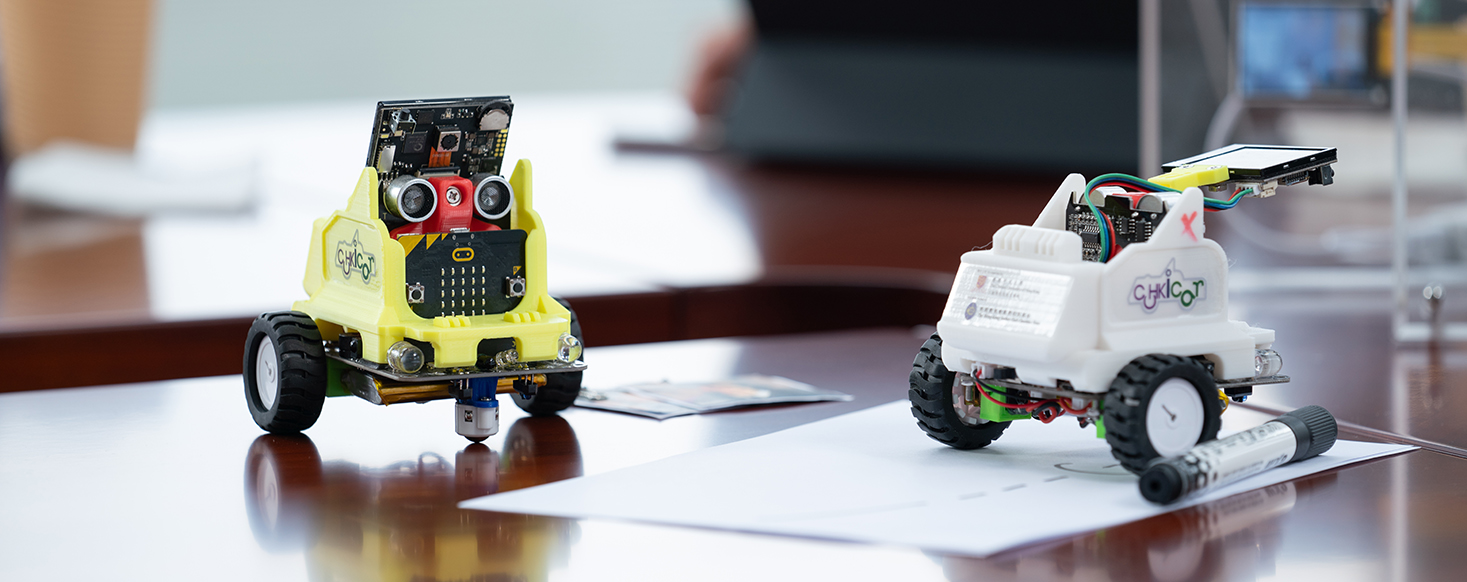
Text by amyli@cuhkcontents
Photos by Keith Hiro
Graphics by Sheryl Kong
Coordination by Francis Chan
Production by eddiechan@cuhkit & katecheung@cuhkit